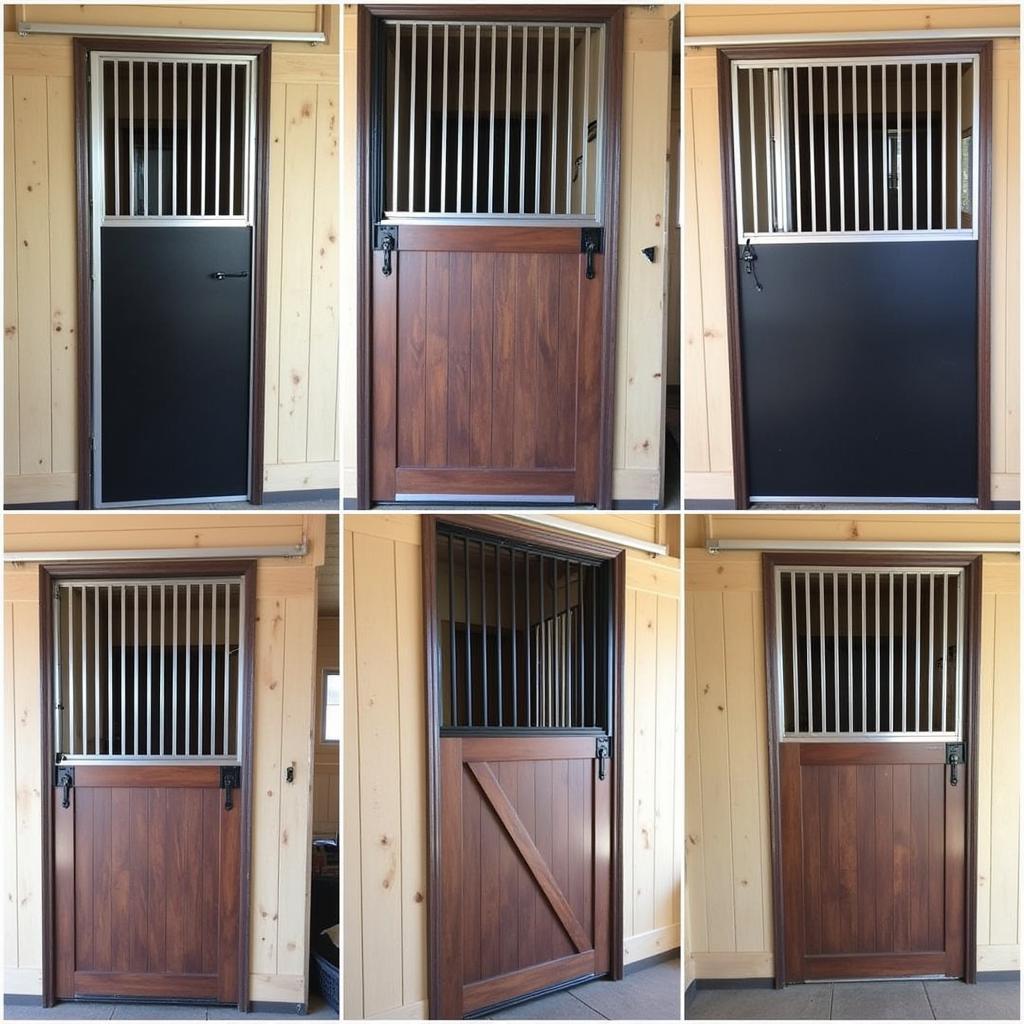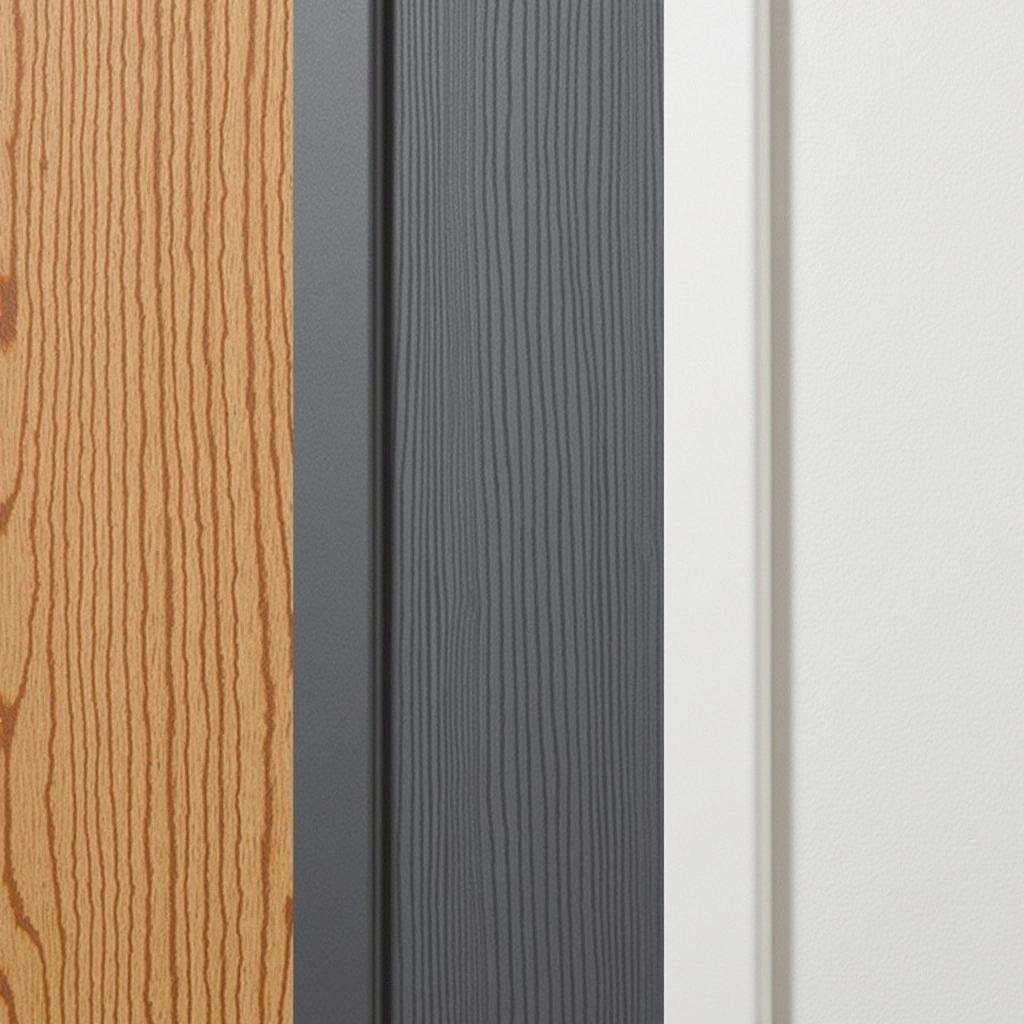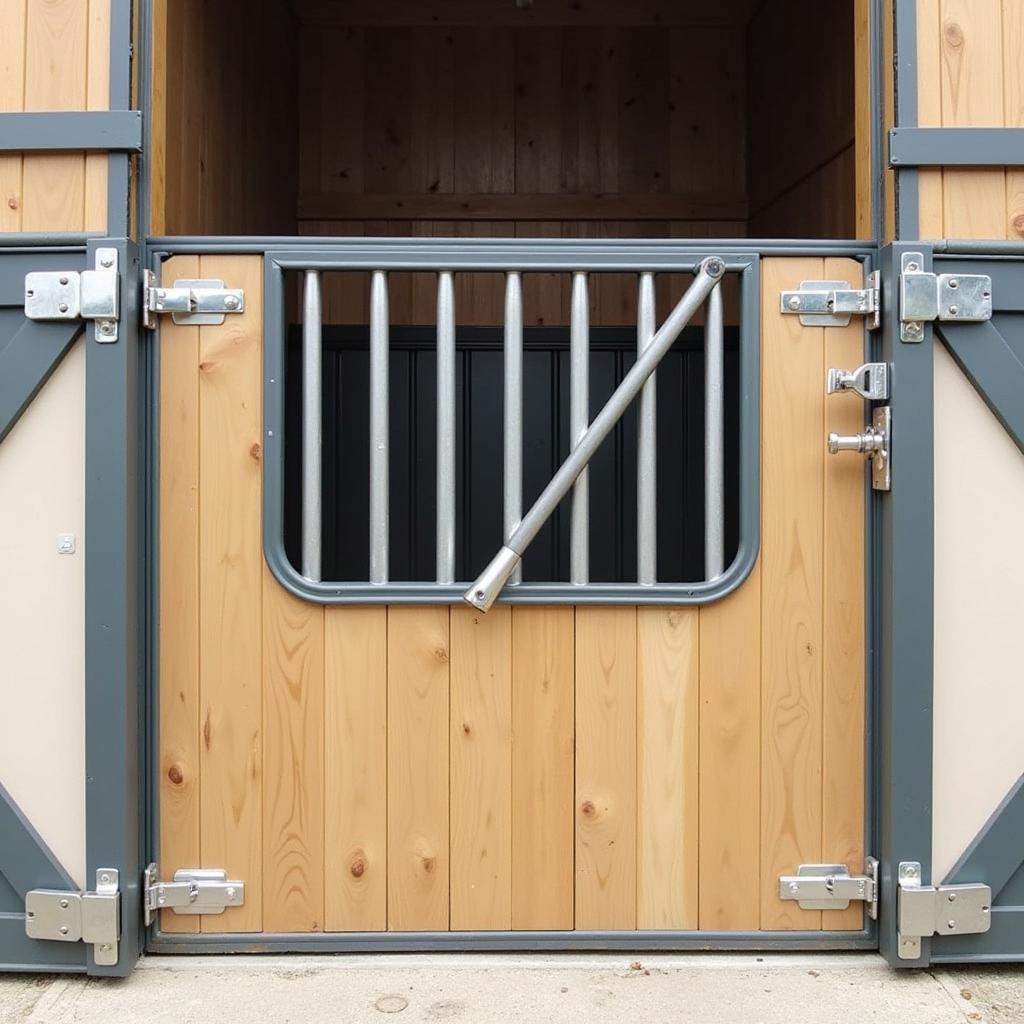When designing or renovating your equine haven, choosing the right Stall Fronts For Horses is paramount. Stall fronts are not just about aesthetics; they impact your horse’s safety, comfort, and overall well-being. This comprehensive guide delves into the world of horse stall fronts, exploring various types, materials, design considerations, and factors influencing your decision.
 Types of Horse Stall Fronts
Types of Horse Stall Fronts
Types of Horse Stall Fronts: A Glimpse into the Options
From traditional to contemporary designs, stall fronts have evolved to cater to different needs and preferences. Let’s explore some popular types:
- Sliding Doors: A classic choice, sliding doors offer space efficiency and ease of use. They glide smoothly on tracks, maximizing stall space and minimizing obstruction.
- Hinged Doors: Hinged doors, resembling traditional doors, swing open and closed. They provide a wide entryway, facilitating easy access for both horses and handlers.
- Grill Designs: Stall fronts with grills or bars allow for maximum ventilation and visibility. Horses can socialize and interact with their surroundings while remaining safely enclosed.
Choosing the Right Material: Striking a Balance Between Durability and Aesthetics
The material of your horse stall fronts affects their longevity, maintenance, and visual appeal. Here are some popular choices:
- Wood: A timeless and elegant option, wood offers a warm and inviting feel to the barn. Hardwoods like oak and maple are known for their strength and durability.
- Steel: Robust and long-lasting, steel stall fronts are resistant to chewing, kicking, and weathering. They require minimal upkeep and offer excellent security.
- Vinyl: Vinyl stall fronts provide a low-maintenance and cost-effective alternative. They are resistant to moisture, fading, and scratches, making them a practical choice for busy barns.
 Materials for Horse Stall Fronts
Materials for Horse Stall Fronts
Designing with Horse Safety in Mind
Safety should be paramount when designing horse stall fronts. Here’s what to consider:
- Smooth Surfaces: Avoid sharp edges, protruding hardware, or rough surfaces that could injure your horse.
- Secure Latches: Choose latches that are easy for humans to operate but difficult for horses to manipulate.
- Appropriate Height and Width: Ensure the stall front is tall enough to prevent your horse from jumping over and wide enough for comfortable entry and exit.
- Visibility and Ventilation: Adequate ventilation is crucial for equine respiratory health. Consider grills or windows to promote airflow and allow for natural light.
Factors Influencing Your Decision:
Choosing the ideal stall fronts for your horses involves considering various factors unique to your situation:
- Barn Layout and Space: The available space in your barn will influence the type and size of stall fronts you can accommodate.
- Budget: Stall front costs vary significantly depending on material, size, and customization options.
- Horse Temperament: If you have a horse prone to chewing or kicking, sturdy materials like steel are recommended.
- Aesthetics: Choose a style that complements your barn’s overall aesthetic and your personal preferences.
 Safe and Stylish Horse Stall Front
Safe and Stylish Horse Stall Front
Conclusion: Creating a Harmonious and Secure Environment
Investing in well-designed stall fronts for horses is an investment in their safety, comfort, and well-being. By carefully considering the types, materials, safety features, and factors discussed in this guide, you can create a harmonious and secure environment where your equine companions can thrive.
Frequently Asked Questions
1. What is the standard size for a horse stall front?
The standard size for a horse stall front is typically 12 feet wide and 8 feet tall. However, sizes can vary based on breed, individual horse size, and barn design.
2. How much do horse stall fronts cost?
The cost of horse stall fronts can range widely depending on the material, size, and features. Basic wooden stall fronts might start around $500, while custom-designed steel fronts can exceed $2,000.
3. Are sliding or hinged doors better for horse stalls?
Both sliding and hinged doors have their pros and cons. Sliding doors maximize space efficiency, while hinged doors provide a wider entryway. The best choice depends on your barn layout and personal preference.
4. What type of latch is safest for horse stall doors?
Latches that are easy for humans to operate but difficult for horses to manipulate are the safest. Look for options with a double-locking mechanism or those that require a key for added security.
5. How often should I clean and maintain my horse stall fronts?
Regular cleaning and maintenance are essential for the longevity and hygiene of your stall fronts. Remove dirt and debris regularly, and inspect for any signs of damage or wear.
Need Help Choosing the Perfect Stall Fronts for Your Equine Partners?
Contact us at Phone Number: 0772127271, Email: [email protected], or visit us at QGM2+WX2, Vị Trung, Vị Thuỷ, Hậu Giang, Việt Nam. Our dedicated team of horse enthusiasts and experts is available 24/7 to assist you in creating a safe and stylish haven for your beloved horses.